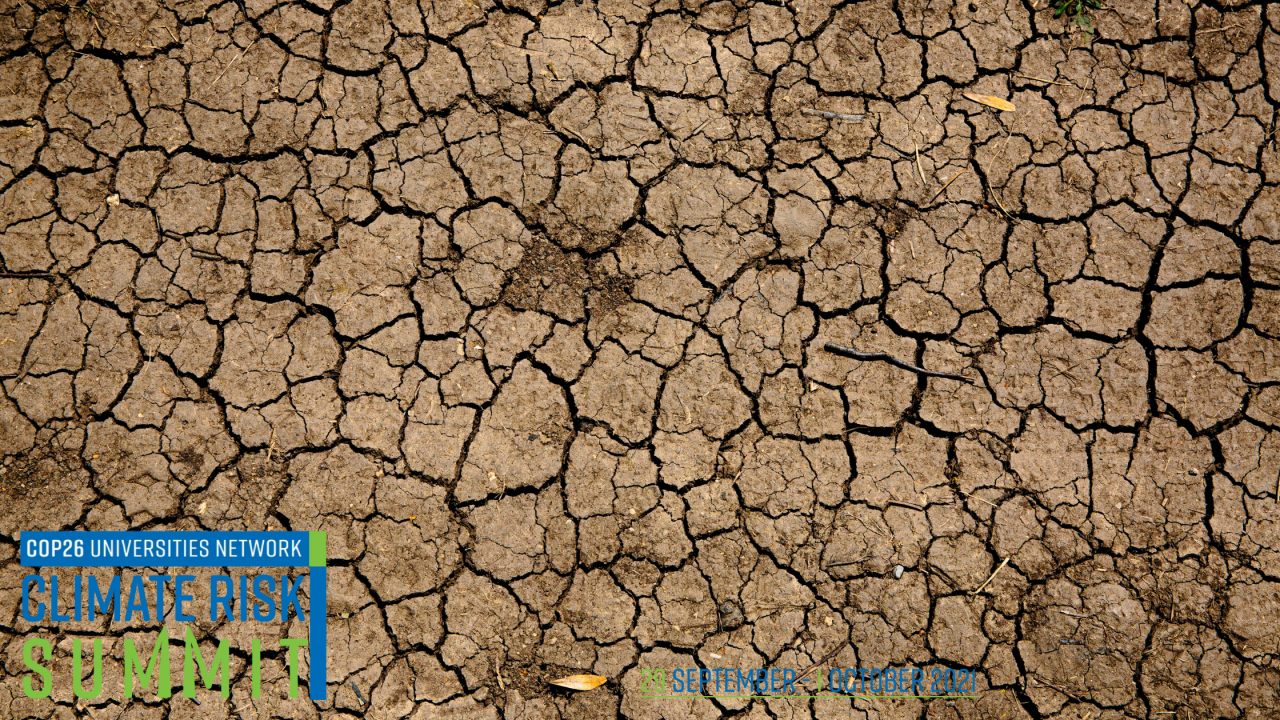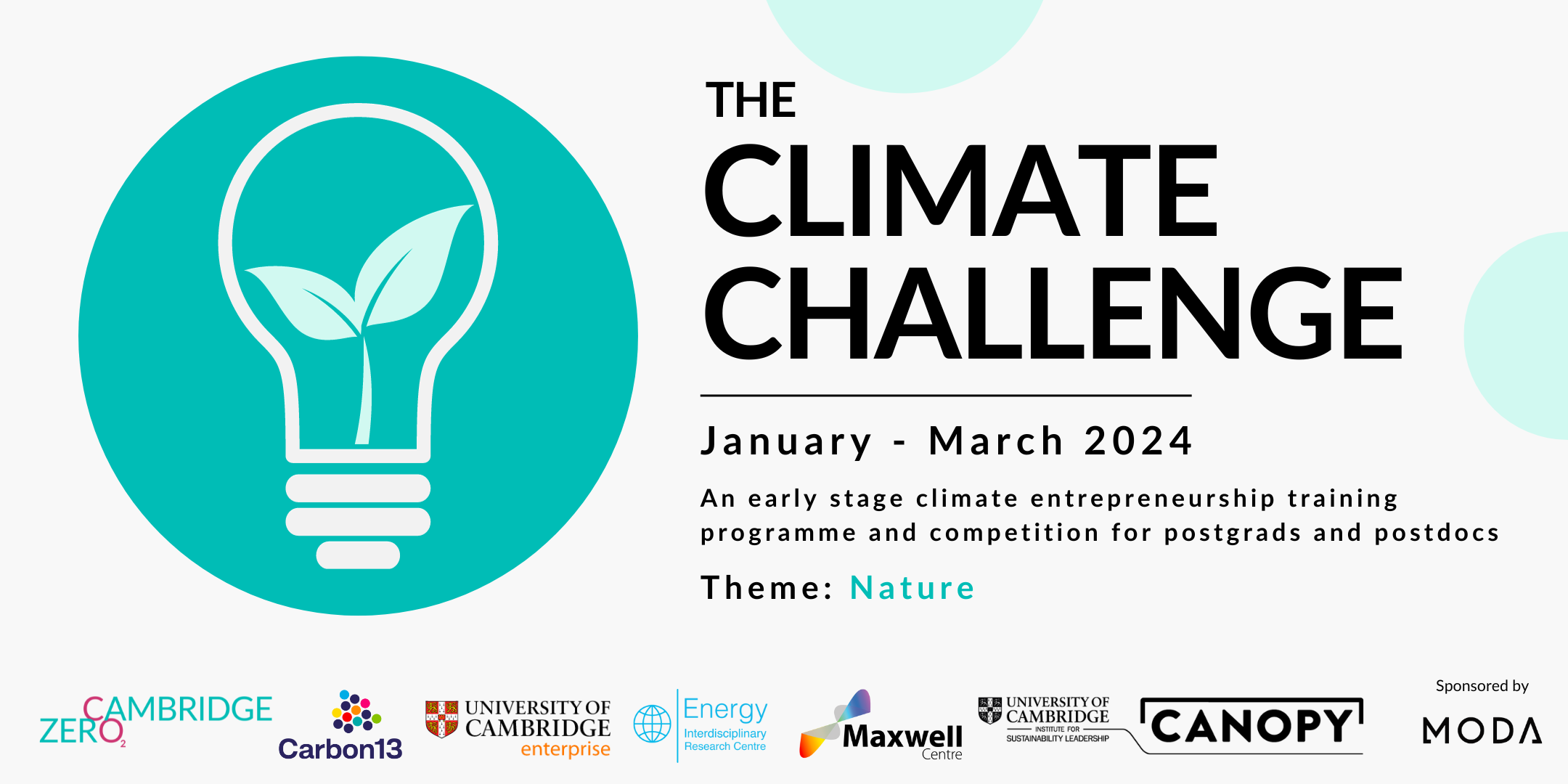This Climate Risk Summit session brought together a panel of international speakers focused on preparedness and response, and ultimately offered the audience a roadmap to achieve reduced impacts. Panellists looked to the Global North and South to explore the impacts of compound dry-hot extreme events (i.e. heatwaves, wildfires, droughts) and protecting human health through individual and community preparedness and response approaches, as well as enablers and barriers to preparedness and response.
Professor Kirstie Ebi (University of Washington) emphasised the importance of the subject of the human health facet of climate change: “climate change will continue to increase morbidity and mortality without urgent and immediate investments, research and risk management”.
Speakers shared scientific evidence and professional experience about compound dry-hot extreme events and discussed ways to better engage individuals and communities to prepare and respond. Dr Samuel Sutanto (Wageningen University) highlighted that it is possible to “reduce the impacts of hazards by promoting early detection through early warning systems and supporting end users”.
Drawing on worldwide experience, learning and best practice, speakers discussed how the intersectionality of individuals and communities impacts their capability to prepare and respond to compound dry-hot extreme events. Dr Andrew Kruczkiewicz (Columbia University) emphasised the need to focus [on anticipatory action and anticipatory release of funds before a disaster occurs in the most vulnerable places to the most vulnerable people. Ross Thompson (Public Health England) added the need to take “a holistic approach” to how we prepare for and respond to such hazards, especially when they occur simultaneously.
Another challenge we face is how to best prioritize preparedness and response actions in the face of compound dry-hot extreme events for the development, adoption and implementation of compound extreme events action plans to build resilience of people and places. The discussion built on the speakers’ and the audience’s expertise, perspectives and lived experiences of compound dry-hot extreme events identifying commonalities and divergence of response according to context.
The session ‘Compound extreme events: enablers and barriers to individual and community preparedness and response’ was organised and chaired by Dr Ana Raquel Nunes, Senior Research Fellow in Public Health and Environmental Social Science at the University of Warwick.




